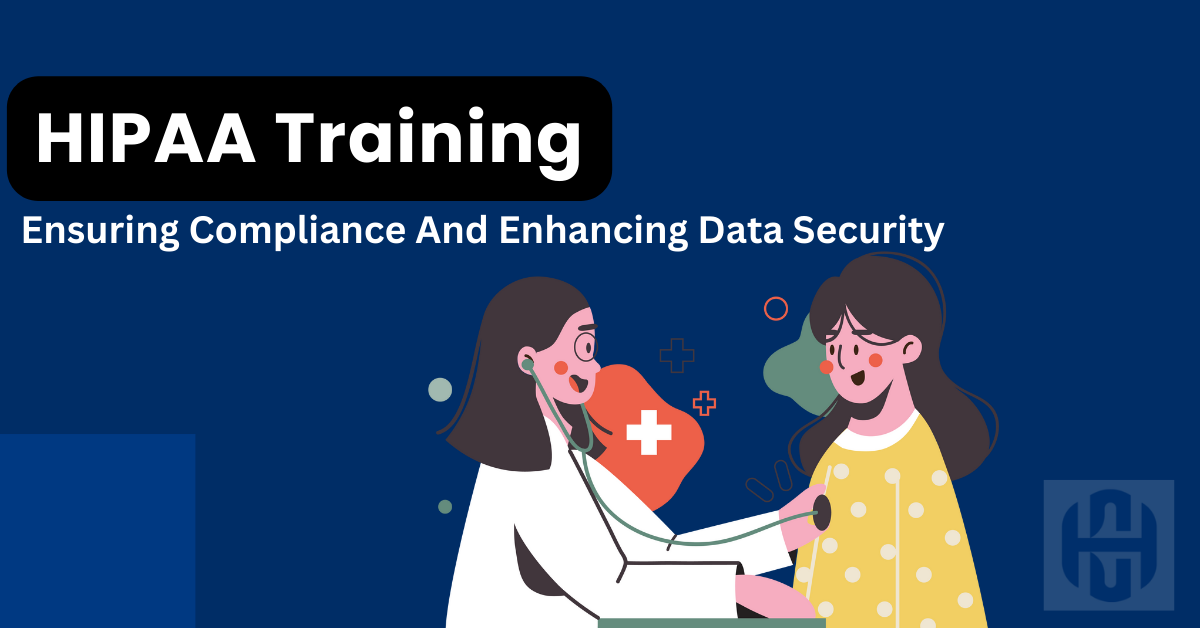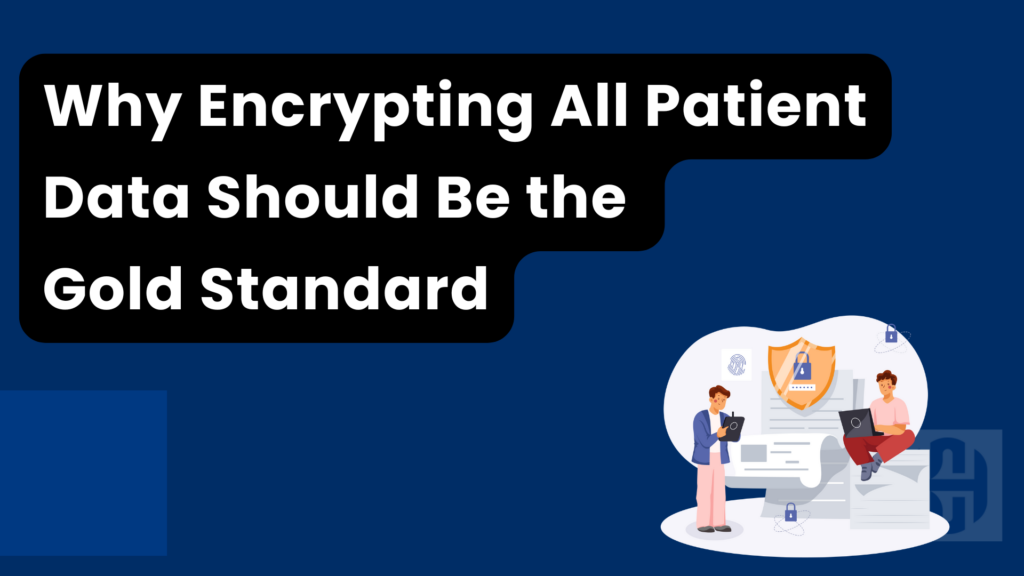Introduction
In today’s healthcare environment, safeguarding patient information is a top priority. The Health Insurance Portability and Accountability Act (HIPAA) sets essential standards for protecting sensitive patient data. To comply with HIPAA regulations, healthcare organizations must invest in comprehensive HIPAA training for their employees. This article discusses the significance of HIPAA training, its key components, best practices, and the advantages of a well-trained workforce in maintaining HIPAA compliance.
The Importance of HIPAA Training
Why HIPAA Training is Essential
HIPAA training is vital for any organization handling protected health information (PHI). It ensures that all employees understand their roles in protecting patient data and adhering to HIPAA regulations. Without proper training, employees might unintentionally compromise patient privacy, leading to data breaches and non-compliance penalties.
Regulatory Requirements
HIPAA mandates regular training for all employees who handle PHI. This training must cover the Privacy Rule, Security Rule, and Breach Notification Rule, ensuring that employees are aware of the latest regulations and best practices for protecting patient information. Failure to provide adequate training can result in severe legal and financial consequences for healthcare organizations.
Components of Effective HIPAA Training
Privacy Rule Training
The HIPAA Privacy Rule establishes standards for protecting patients’ medical records and other personal health information. Training on the Privacy Rule should cover:
- Patient Rights: Understanding patients’ rights to access their health information, request corrections, and receive an accounting of disclosures.
- Permitted Uses and Disclosures: Identifying the circumstances under which PHI can be used or disclosed without patient authorization.
- Minimum Necessary Standard: Ensuring that only the minimum necessary information is used or disclosed to achieve the intended purpose.
Security Rule Training
The HIPAA Security Rule focuses on protecting electronic protected health information (ePHI). Security Rule training should include:
- Administrative Safeguards: Implementing policies and procedures to manage the selection, development, and maintenance of security measures.
- Physical Safeguards: Protecting electronic information systems and related buildings and equipment from natural and environmental hazards, as well as unauthorized intrusion.
- Technical Safeguards: Using technology to protect ePHI and control access to it, including encryption, access controls, and audit logs.
Breach Notification Rule Training
The Breach Notification Rule requires covered entities to notify affected individuals, the Department of Health and Human Services (HHS), and, in some cases, the media, of breaches involving unsecured PHI. Training on the Breach Notification Rule should cover:
- Identifying a Breach: Recognizing what constitutes a breach of PHI and understanding the potential impact on patients and the organization.
- Notification Requirements: Understanding the timelines and procedures for notifying affected individuals, HHS, and the media.
- Risk Assessment: Conducting a risk assessment to determine the likelihood that the PHI has been compromised and deciding whether breach notification is required.
Best Practices for HIPAA Training
Regular and Ongoing Training
HIPAA training should not be a one-time event. Regular and ongoing training sessions are essential to keep employees updated on the latest regulations and best practices. This can include annual refresher courses, updates on regulatory changes, and training on new technologies or policies.
Interactive and Engaging Training Methods
Effective HIPAA training should be interactive and engaging to ensure that employees understand and retain the information. This can include:
- Interactive Modules: Using interactive modules and quizzes to reinforce learning and assess comprehension.
- Real-Life Scenarios: Incorporating real-life scenarios and case studies to illustrate the practical application of HIPAA regulations.
- Workshops and Seminars: Offering workshops and seminars for hands-on learning and discussion.
Customizing Training for Different Roles
HIPAA training should be customized to address the specific responsibilities and risks associated with different roles within the organization. For example, IT staff may require more in-depth training on technical safeguards, while front-line healthcare workers need to focus on patient interactions and PHI handling.
Monitoring and Documentation
It is essential to monitor the effectiveness of HIPAA training and document all training activities. This includes tracking attendance, assessing comprehension through quizzes and tests, and maintaining records of training sessions. Documentation helps demonstrate compliance during audits and investigations.
Benefits of HIPAA Training
Enhanced Data Security
Comprehensive HIPAA training enhances data security by ensuring that all employees understand how to protect PHI. This reduces the risk of data breaches and unauthorized access, safeguarding patient information and maintaining trust.
Legal and Financial Protection
Adequate HIPAA training helps protect healthcare organizations from legal and financial penalties associated with non-compliance. By ensuring that all employees understand and adhere to HIPAA regulations, organizations can avoid costly fines and legal actions.
Improved Patient Trust
Patients trust healthcare providers to protect their sensitive information. By investing in HIPAA training, organizations demonstrate their commitment to patient privacy and data security. This builds trust and enhances the overall patient experience.
Streamlined Compliance Processes
Effective HIPAA training streamlines compliance processes by ensuring that all employees are aware of their responsibilities and the organization’s policies. This reduces confusion and ensures a consistent approach to handling PHI, simplifying compliance efforts.
Implementing HIPAA Training Programs
Assessing Training Needs
The first step in implementing a HIPAA training program is to assess the training needs of the organization. This involves identifying the roles and responsibilities of employees, the specific risks associated with their roles, and any gaps in current knowledge or practices.
Developing a Training Plan
Based on the assessment, develop a comprehensive training plan that outlines the training objectives, content, delivery methods, and schedule. The plan should include initial training for new employees and ongoing training for existing staff.
Choosing the Right Training Tools
Selecting the right training tools is crucial for effective HIPAA training. This can include online learning platforms, interactive modules, videos, and in-person workshops. Ensure that the training tools are user-friendly and accessible to all employees.
Engaging Leadership and Stakeholders
Engaging leadership and stakeholders is essential for the success of HIPAA training programs. Leadership support helps prioritize training efforts and allocate necessary resources. Stakeholders, including compliance officers, IT staff, and department heads, can provide valuable insights and support.
Evaluating and Improving Training Programs
Regularly evaluate the effectiveness of HIPAA training programs through feedback, assessments, and audits. Use this information to make improvements and ensure that the training remains relevant and effective. Continuous improvement helps maintain a high standard of HIPAA compliance.
Conclusion
HIPAA training is a critical component of maintaining compliance and protecting patient information. By investing in comprehensive, ongoing, and customized training programs, healthcare organizations can ensure that all employees understand their responsibilities and are equipped to safeguard PHI. Effective HIPAA training enhances data security, protects against legal and financial penalties, and builds patient trust. Implementing best practices and regularly evaluating training programs helps organizations stay ahead of potential risks and maintain a culture of compliance.





